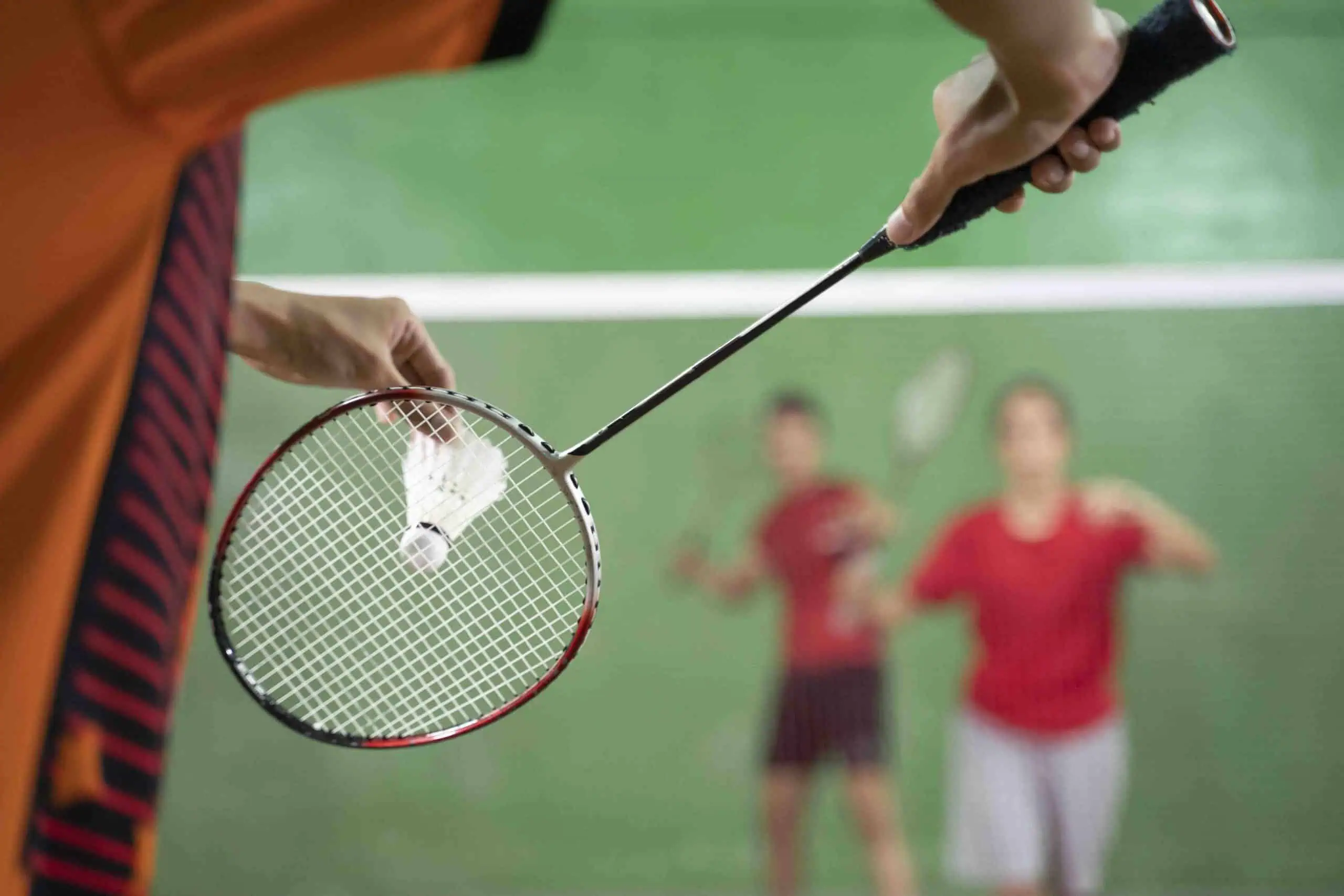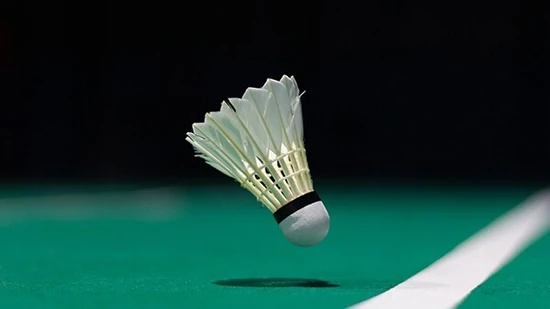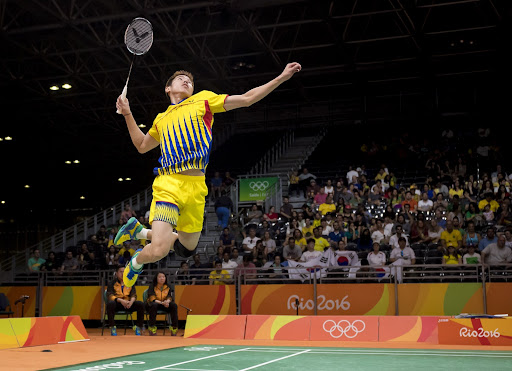


Badminton is a fast-paced and exciting sport played either as singles (one player per side) or doubles (two players per side). To enjoy the game fully and compete fairly, it’s important to understand the basic rules that govern play, scoring, and conduct on the court.
A standard badminton match consists of the best of three games. Each game is played to 21 points. Players score a point every time they win a rally, regardless of who served (this is known as the rally point scoring system). The first player or pair to reach 21 points wins the game, but they must lead by at least two points. If the score reaches 20-20, the game continues until one side gains a two-point advantage, except if the score reaches 29-29, where the next point decides the winner at 30 points.
The side winning a game serves first in the next game. Players switch ends of the court after each game, and in the deciding third game, they also change ends when the leading score reaches 11 points.
The serve must be hit underarm and below the server’s waist, with the racket shaft pointing downwards. The shuttlecock must travel diagonally across the net into the opponent’s service box. The server and receiver stand in diagonally opposite service courts at the start of each rally.
In singles, the server serves from the right service court when their score is even and from the left when it’s odd. In doubles, the serving order and court positions are more complex but follow a similar diagonal serving pattern.
A fault occurs if:
- The shuttlecock lands outside the court boundaries or fails to pass over the net.
- The shuttlecock touches the net and remains suspended or is caught in the net.
- A player touches the net with their body or racket.
- The shuttlecock is hit twice by the same player or team.
- The shuttlecock touches the ceiling or side walls during play.
- A player reaches over the net to hit the shuttlecock before it crosses.
A “let” may be called to stop play and replay a point if an unforeseen or accidental issue arises, such as interference or equipment failure.